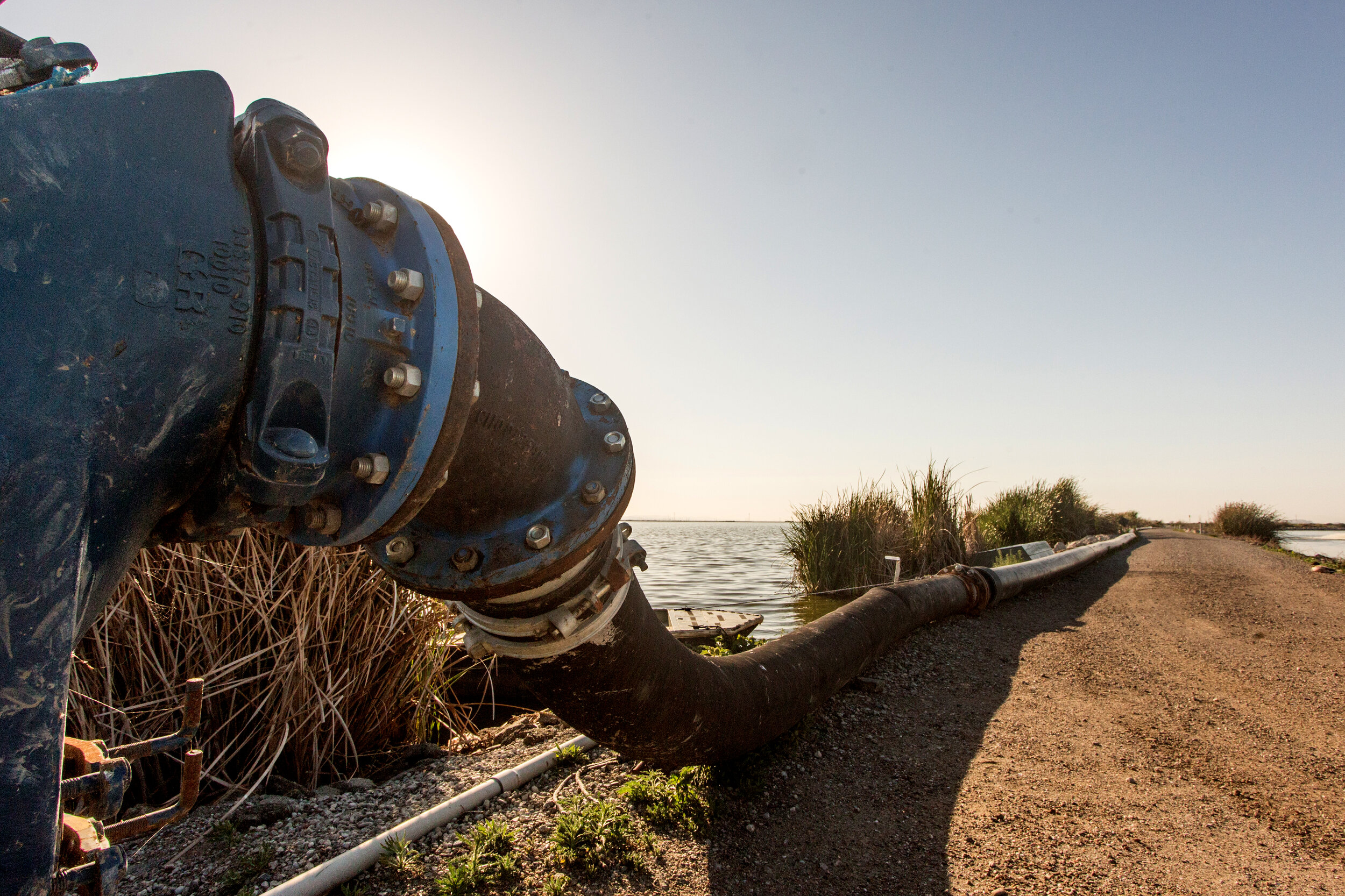
Benefits, Value, Community
More information on the benefits, value and community of the Cleanwater Program
Benefits
What are the benefits of the Sunnyvale Cleanwater Program?
Improve Conservation Efforts
Protect the environment by improving the quality of water discharged into the Bay
Divert organic material from landfills by digesting food scraps
Increase renewable energy to power the Plant and reduce demand on the grid
Maximize Plant Efficiency
Minimize costs to rate payers by selecting cost-efficient technologies
Meet current and future regulatory standards for water and air quality
Efficiently maximize the use of existing space
Extend the useful life of existing facilities to maximize benefit
Be Good Citizens
Create a safer working environment
Provide tours and educational opportunities
Improve resilience by coordinating regional efforts to protect against flooding
Value
By capitalizing on evolving technology and partnering with other agencies and local businesses, the Plant becomes a resource recovery center that delivers more than wastewater treatment.
Power Generation
Electrical power production offsets the purchase of utility power and produces enough excess power to sell electricity to the California power grid. The fuel to run the engines and generators comes from the decomposition of food scraps and wastewater sludge. Methane gas is produced both in the closed Sunnyvale landfill and in the anaerobic digesters at the plant. These gases are collected and used as fuel in various engines that drive both electrical generators and mechanical pumps. Improvements to the on-site power generating facility will enable the City to continue producing renewable power.
Biosolids Production
Food scraps and wastewater sludge removed during primary treatment of the wastewater treatment process are sent to an anaerobic digester; there, they decompose and stabilize. They are then dried in a specially designed dewatering facility. When 45% to 65% of the water is removed, the class B biosolids are ready for beneficial reuse as an alternative to soil for daily cover materials on landfills or used as a soil amendment for agricultural and pasture land. Potential future biosolids facility upgrades will add an additional step to further sterilize and dry the biosolids so they can be classified as class A, allowing for additional reuse applications.
Water Recycling
Recycled water is produced by processing the wastewater through primary, secondary, and tertiary treatment, including filtration and disinfection. This treated wastewater is clean enough to meet all non-potable Title 22 standards established by the State. The water is distributed through a separate underground piping system, identified with purple pipes, to provide irrigation for industrial parks, the Sunnyvale Municipal Golf Course, Baylands Park and sports complexes. Upgrades will allow the City to recycle even more water for applications that currently use drinking water, such as irrigation.
Community
Who Does the Work?
Some 60 dedicated staff keep the plant running and ensure high quality work at the Plant. Plant Operators work 24 hours a day, continually monitoring all processes. Maintenance Mechanics ensure equipment is dependable and keep it efficient. Environmental Compliance Inspectors work with businesses and industries to help them meet City wastewater discharge requirements. Laboratory Chemists analyze samples throughout the treatment process. Support staff provide reports to meet regulatory requirements.
Recreation
Bay Trail access improvement
Public area and educational opportunities in new Cleanwater Center
Reinstating Plant tours after Phase 2
Job Creation
New construction jobs
Use of local businesses
American Iron and Steel









